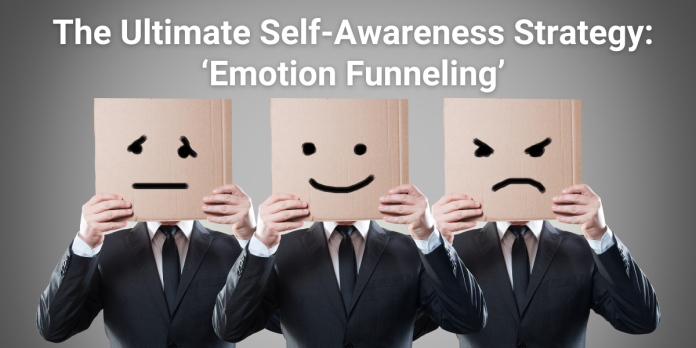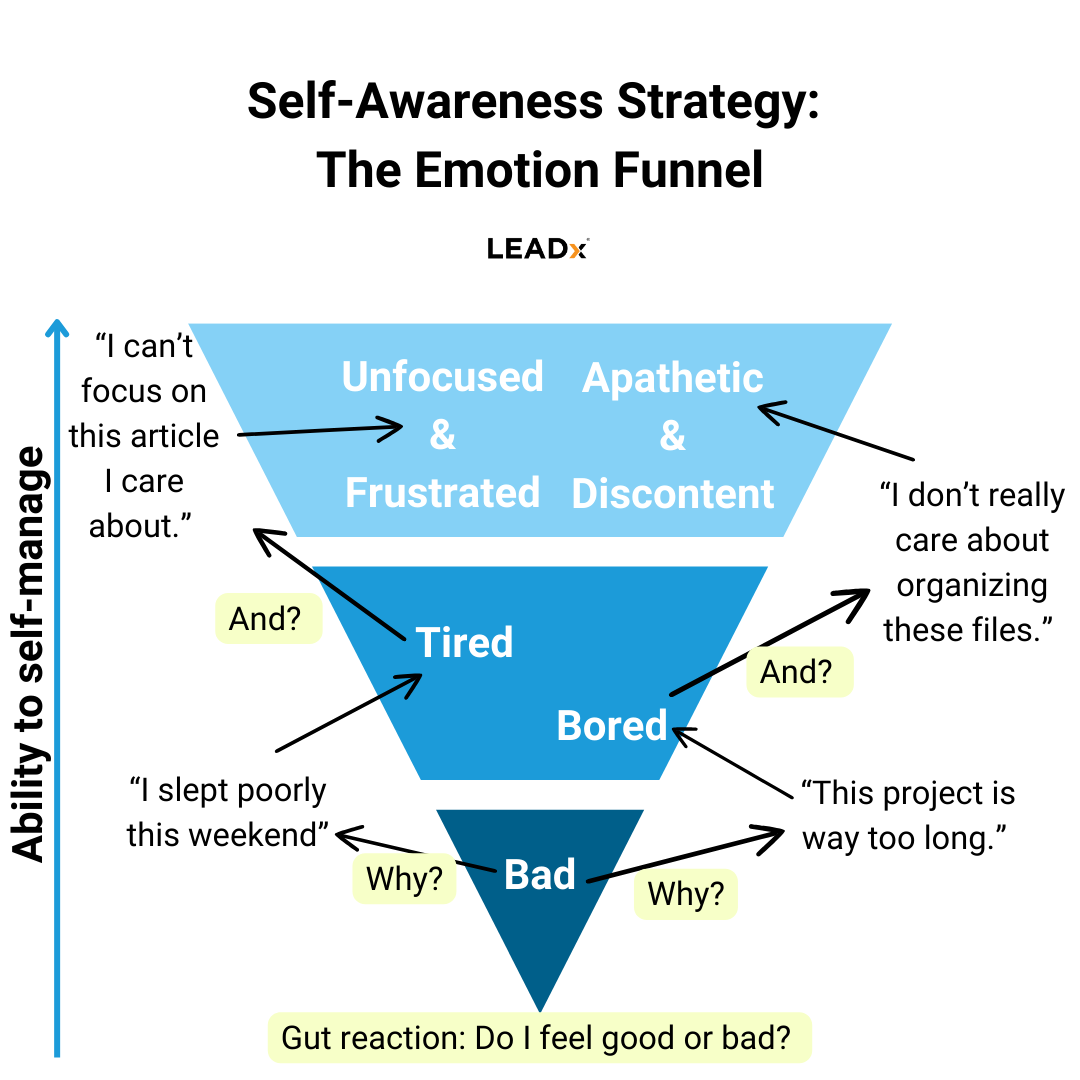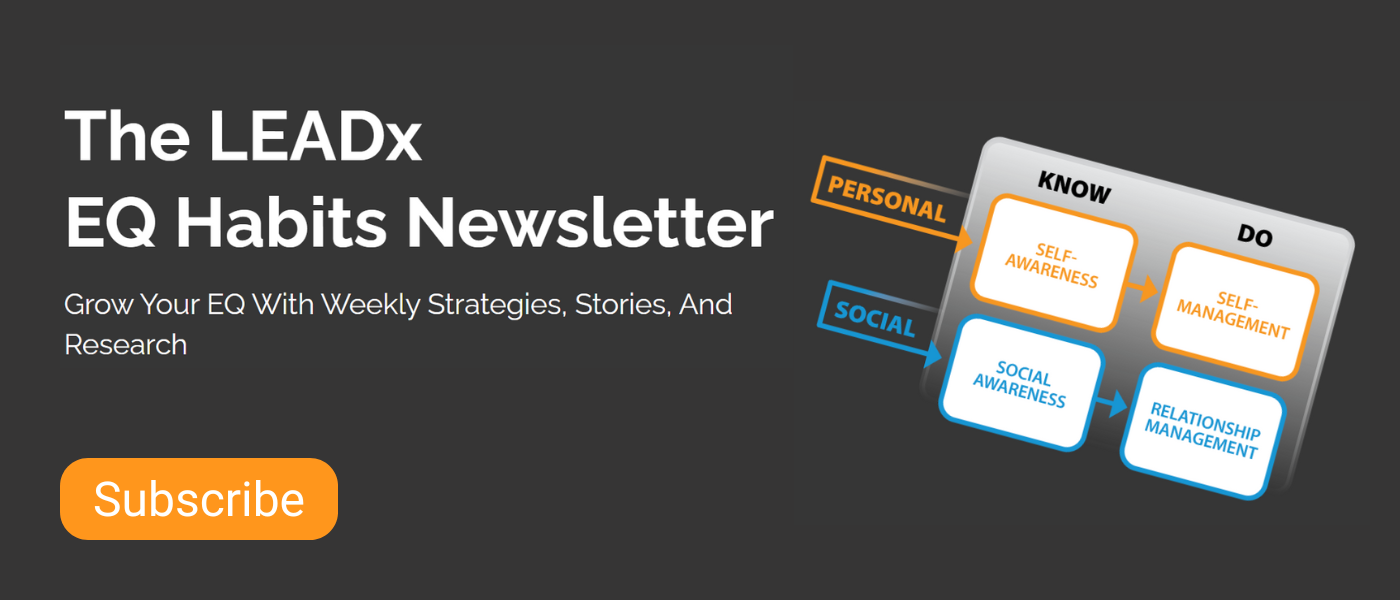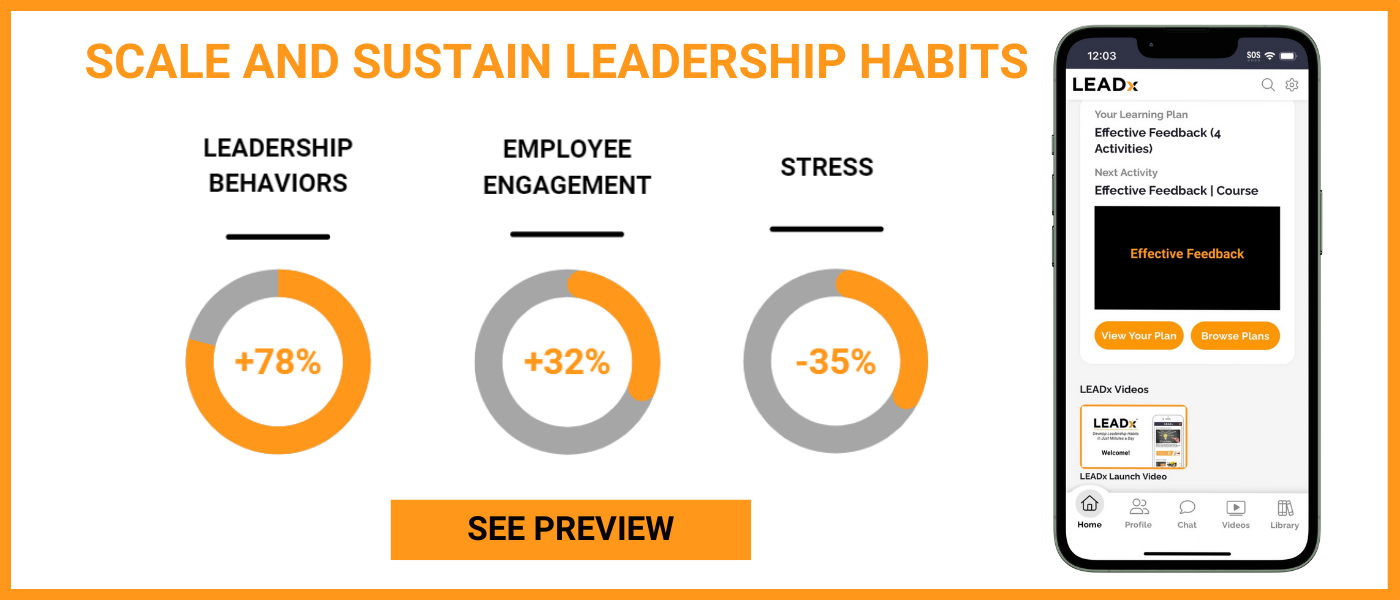
Ninety-five percent of people can’t differentiate between “anger” and “disappointment.” This statistic, recently shared by emotional intelligence expert Marc Brackett, is somewhat shocking.
Emotional specificity matters—a lot. Research shows that the more specific you get about your emotions, the better you can manage them.
 The Difference Between Anger and Disappointment
The Difference Between Anger and Disappointment
So, what actually is the difference between anger and disappointment? And why does it matter?
The main difference between anger and disappointment is a sense of justice. You get angry if you feel that a bad outcome is unjust. You get disappointed if you feel a bad outcome was just. For example, if you apply for a job and you really want it:
- you’d be angry if you felt you deserved it but got looked over because they hired their friend.
- you’d be disappointed if you felt you weren’t up to par with other candidates.
On the surface, this might not sound that important. Both feel bad. Both are a bummer. But consider how each emotion manifests. Anger typically drives you toward action. Disappointment drives you to withdraw and get introspective. Left unchecked, anger can manifest as an outburst and disappointment as self-isolation. By recognizing what you’re feeling, you can work with these emotions toward a more positive outcome. For example, instead of having an angry outburst at your friend, you might channel that anger to motivate you to find an even better job. Or instead of wallowing in disappointment, you might channel it as an opportunity to reflect on what you really want out of your next job.
The bottom line is that if you don’t practice drilling down to this level of nuance with your emotions, you don’t really understand them. And if you don’t really understand them, you will struggle to manage them.
In comes “emotion funneling,” an emotional intelligence (EQ) strategy designed to help you get more specific about your emotions.
What’s An Emotion Funnel?
An emotion funnel literally funnels you from a general feeling toward a more specific description. It helps you find the right words for what you’re feeling. In turn, this makes that feeling easier to manage and work with.
To use it for yourself, simply ask three questions in this order.
A step-by-step breakdown of emotion funneling.
Question 1: Do I feel good or bad? (gut reaction)
The simplicity of the question is key. It breaks my unproductive pattern right away. It stops me from mindless doing.
Example: “I feel bad.”
Question 2: Why?
Next I ask, “Why do I feel good or bad?” This forces me to think one level deeper. Question 2 is usually where I start to transition from rolling my eyes at this cheesy exercise to getting genuinely curious.
This answer comes quickly. I don’t go too deep. And I definitely don't get philosophical. I just take it one level further than “good or bad.”
Example: “I feel bad because I’m tired.”
Question 3: And so…
Ask yourself, “And so…” The idea here is to describe what I'm doing and why my emotions are in the way.
Often, you might end up with a couple answers here (see image). That’s not a bad thing. Recognizing more emotions, not less, is actually more specific. So it signals that you’re getting to a more accurate picture of what you’re feeling.
Here’s an example from the singer and songwriter Adrianne Lenker. She shared in a recent interview how a cocktail of four emotions inspired her to write the song “Cattails,” which she wrote in one night. “I was missing Minnesota where I grew up, and I was thinking about great-grandma. She died when I was about 20. I was just thinking of childhood and the way that she’d kind of take care of us. We’d paint with her, and she had a dune buggy, and we’d ride horses,” she explained. “And when I think about her, and this place in Northern Minnesota, it makes my heart feel open and heavy and sad and happy all at the same time.”
Artists express emotions for a living. So, I guess it’s not a total surprise that Adrianne could rattle off the four emotions that drove her songwriting. But it is impressive. And it’s a great example of getting from Question 2 (“I feel bad because I miss my great grandma) to Question 3 (“I feel open, heavy, sad, and happy all at the same time.”)
Example: “I feel bad because I’m tired, but I want to focus on this article (I care about the topic a lot).”
Question One Is More Than 50% of the Battle
That’s it. In just a couple of minutes, you’ve moved from struggling to get your work done to naming a concrete emotion that’s getting in your way.
To be fair, funneling is hard. It's hard to snap out of autopilot. It's hard to think about your feelings. And it's hard to do this exercise before an emotion gets in your way and hijacks your ability to be productive. Honestly, I’ve found that if I can just get to question 1, I'm way more productive than when I don't. Questions 2 and 3 are icing on the cake. They “sharpen the EQ saw,” build my self-awareness, and help me spot patterns.







